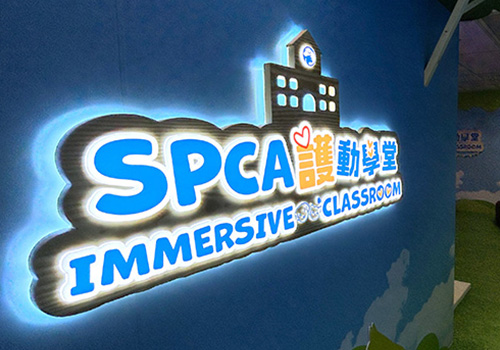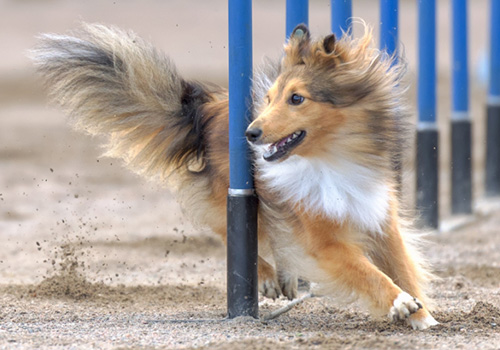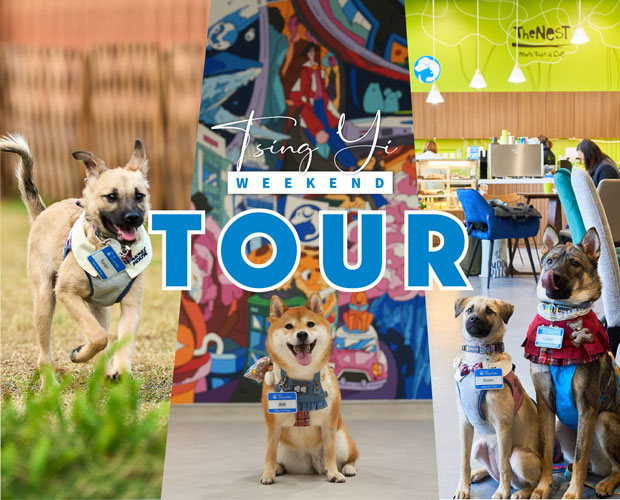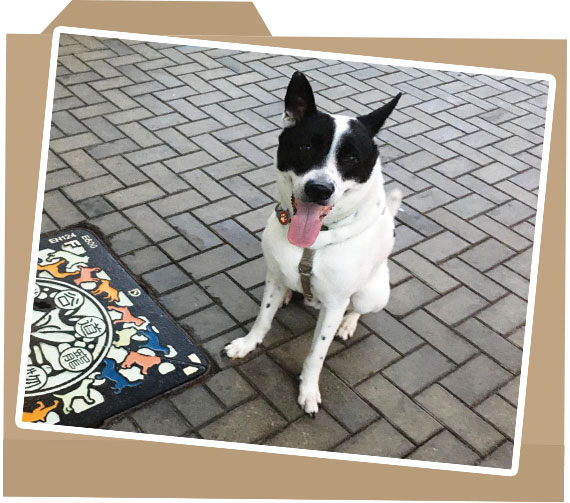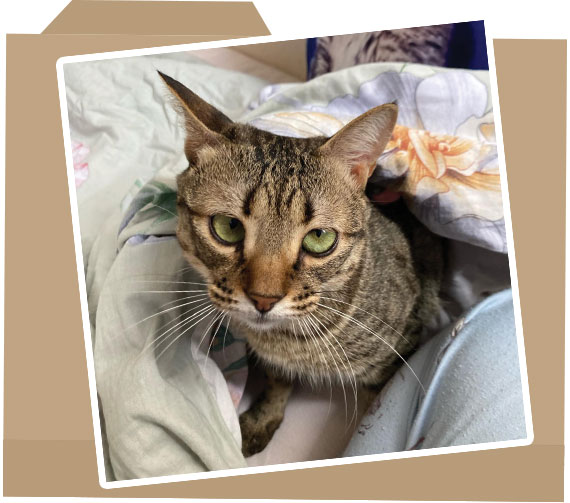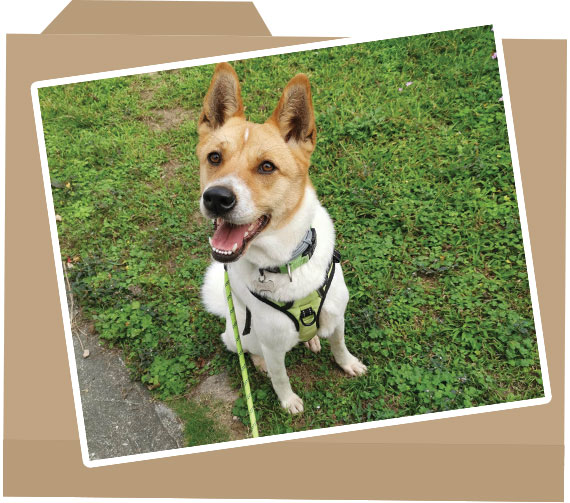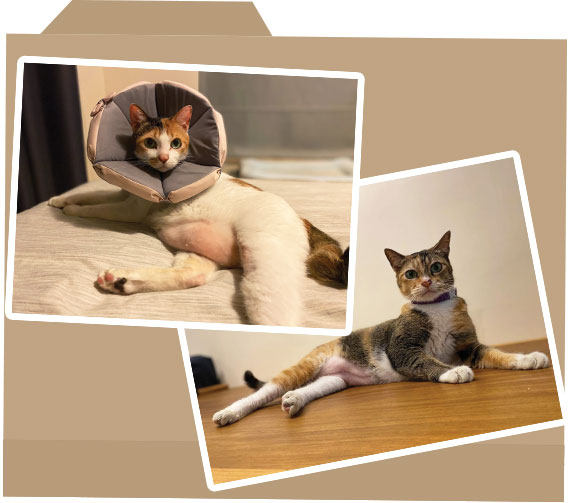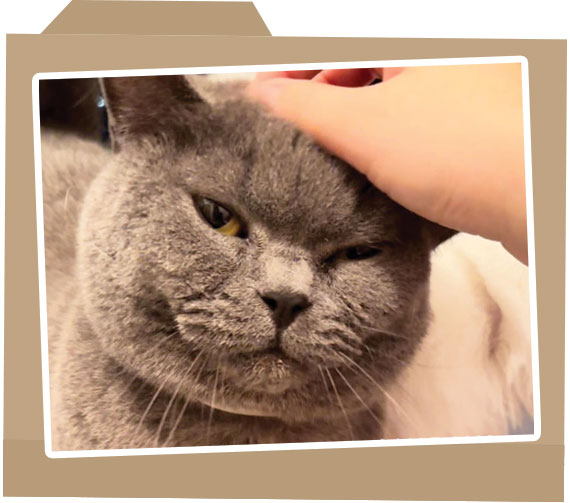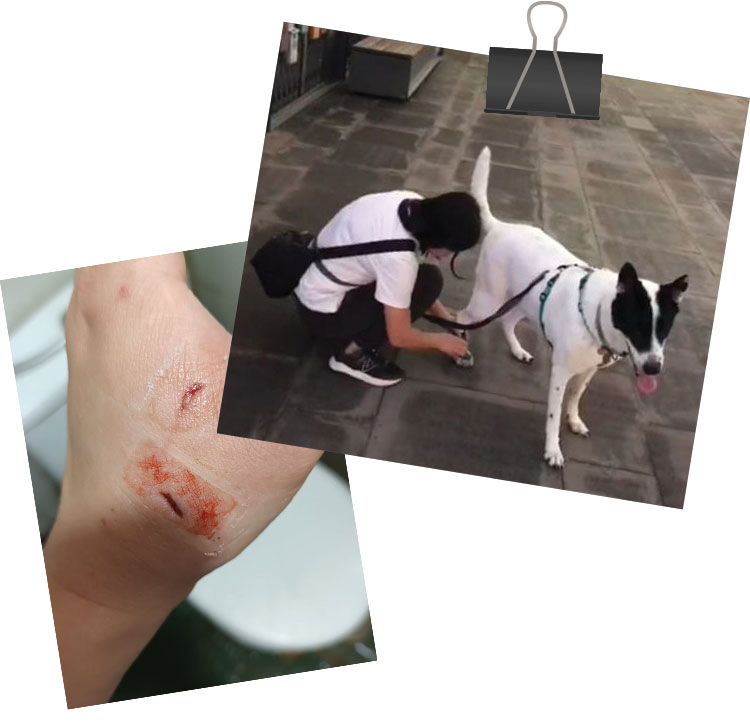
| Name: | Don Don |
| Breed: | Mongrel |
| Gender: | Male (desexed) |
| Age: | 7 years old |
| Issue: | Aggression towards owners |
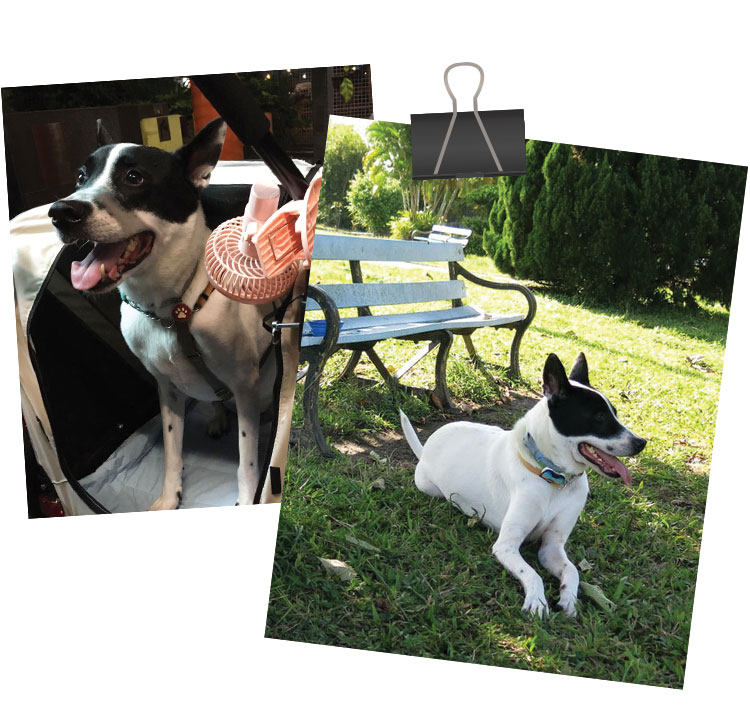
Case Details:
Don Don’s owners, Mr. S and Mrs. C, first sought consultation in June 2020 regarding Don Don showing aggression towards them, but mainly towards Mrs. C, who was his main caregiver. He would often display highly aroused greeting behaviour towards her, by jumping up and scratching.
Triggers included:
- Restraint or putting on harness, lead or muzzle
- Grooming (bathing, ear cleaning, wiping feet or using a towel)
- Food (resource guarding)
- Petting – Don Don would initiate pets but would growl at owners after a few strokes
- Other dogs – would bark and lunge at other dogs he meets
Lily’s Notes:
Don Don has a low threshold for arousal.
During consultations, it was found that the relationship between Don Don and his owners was fragile. Mr. S would punish Don Don for unwanted behaviours, such as scolding and yelling.
He would also experience a lot of restraint and handling by Mrs. C, which he found stressful. He would display warning signals, like tense body, whale eyes, and would try to stop the restraint / handling but was not successful. In the end, he found “aggression” was very effective to end these situations. Hence, recurrent aggressive incidents took place.
I proposed to implement the following changes to:
Create a safe and secure environment at home:
- Establish daily routine
- Calm interactions with Don Don (including greetings)
- No punishment, no more scolding and yelling due to unwanted behaviour
Reinforce bonding between Don Don and his owners
- Pay attention to Don Don’s body language to avoid miscommunication
- Acknowledge and respond to Don Don’s warning signals
- Keep calm and relaxed at all times
- Conduct the “consent test” before approaching Don Don for pats
- Implement “Fun time with Don Don” for force-free and reward-based training
Re-introduce the “triggers” to Don Don, step by step, at his own pace
- Putting him on harness
- Cleaning after daily walk
- Grooming
Let Don Don be a dog!
- Off leash time in the dog park – sniffing, exploring and observing the environment
- Daily walks (at least twice a day)
Result
Not much progress was made until Mr. S followed Lily’s advice and changed his attitude towards Don Don.
He no longer scolded or let out his negative emotions in front of Don Don, and kept himself calm at home. Don Don found his interaction with Mr. S more predictable and hence felt safe and secure at home.
With the strong commitment and hard work from both owners, we have made lots of progress with Don Don!
- Don Don now has very strong bonding with both owners, and no more incidences of aggression take place.
- Don Don is happy to have his harness on, and Mrs. C no longer has any issues with cleaning his paws after their daily walk.
- Don Don recently needed surgery to amputate one of his toes, and was particularly sensitive around this area but would tolerate quick handling of his paws.
- Now that his wound has fully recovered, he allows Mrs. C to put shoes on when it’s time to go out for walks, to protect his paw.
Behavioural Consultation - Case Files
Related to B&T Consultations
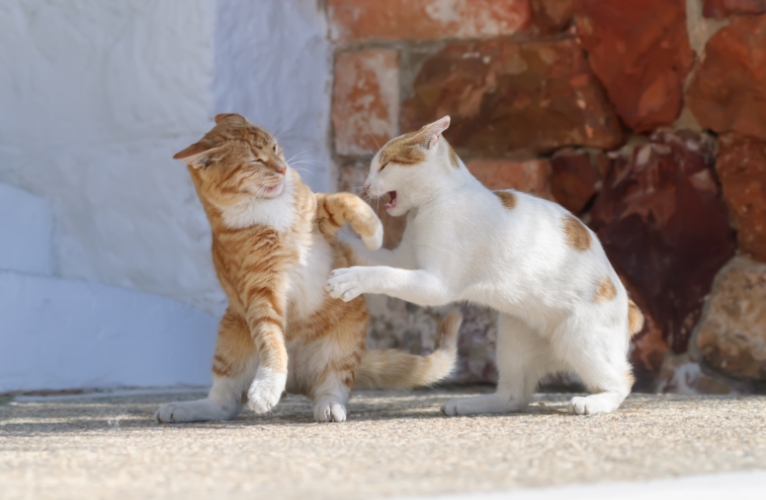
Behavioural Consultations
We all want to have well-mannered, socialized, and obedient pets. However, behavioural problems can arise from a great number of reasons such as genetic influences, poor socialisation and traumatic experiences. If you are concerned about an aspect of your pet’s behaviour? Please consult our Senior Behavioural Support Technician, Lily Leung.
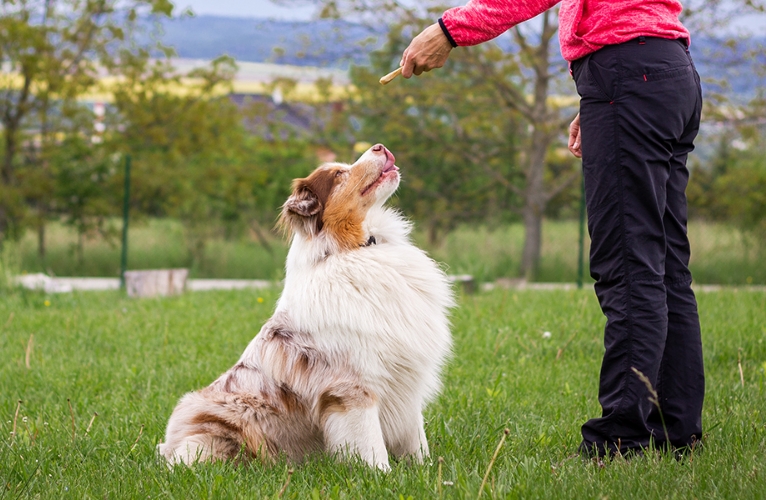
Dog Behaviour and Training
There is no time like the present to train a puppy, or retrain your dog, to help them fit into our world a little better. The SPCA offers training programmes aim at pngreventi problems arising (Puppy Socialisation Training) and to equip you with ...
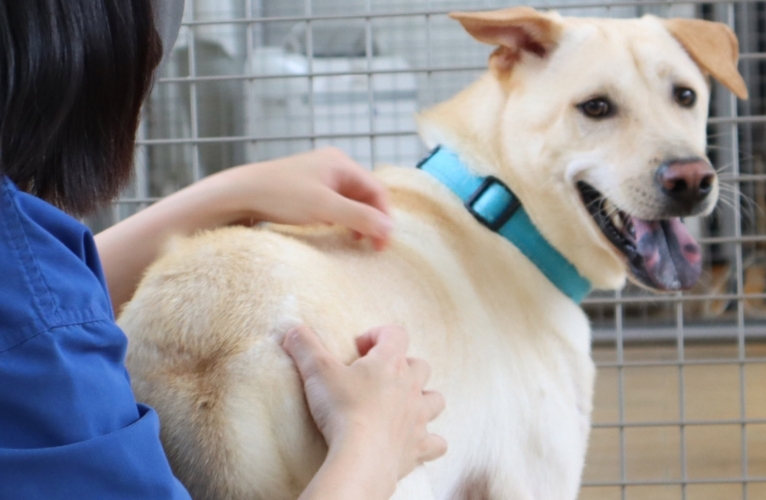
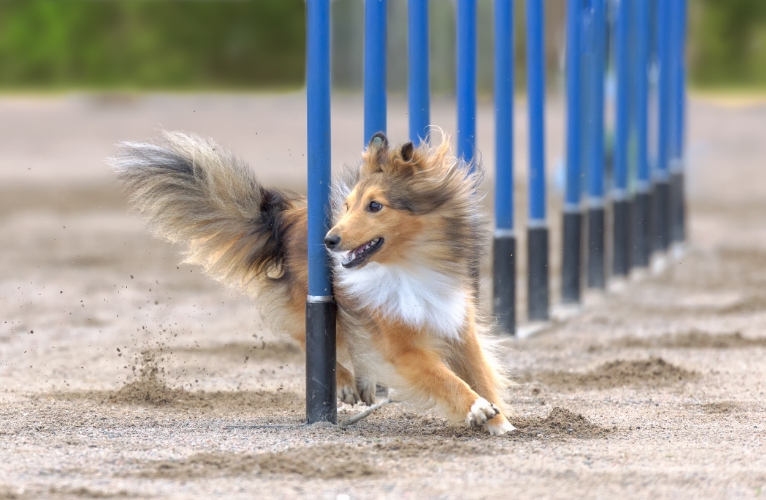
Dog Behaviour and Training Courses
Click “Read More” to learn more about our dog training courses.
Dog Walker Training Course
Learn from SPCA's professional dog trainers and become a certified dog walker with this 6-day training course.

